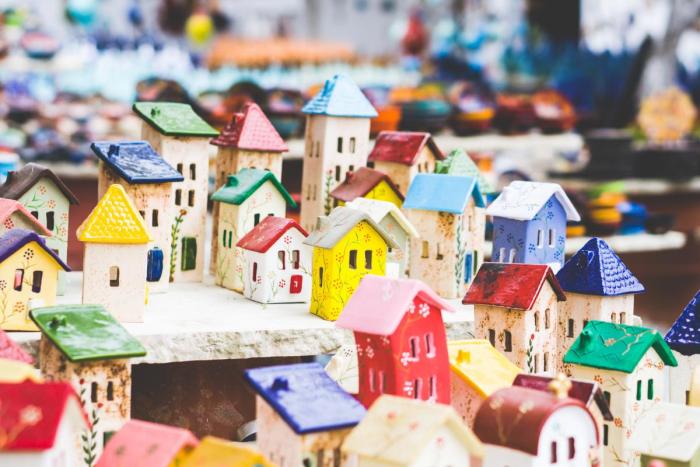
Details
Solution type
Throughout Europe, there are thousands of urban sources of waste heat. Combined, there is enough waste heat produced in the EU to heat the entire building stock, sources ranging from large high-temperature industrial sources to small-scale comfort cooling systems. But despite this huge potential, there are only a few small-scale examples of urban waste heat recovery across the EU.
Below are listed examples of when waste heat is being used. These cases serve as small-scale inspirational projects on how to utilize waste heat from urban sources, for both heating and cooling purposes. Most of the cases exploit small-scale recovery ranging from some hundreds of kilowatts to a few megawatts. The sources are often low-temperature waste heat sources, utilized by heat pumping technologies for district heating network solutions.
The collection of brief techno-economic case studies
 Figure 1. Locations of the ReUseHeat case studies.
Figure 1. Locations of the ReUseHeat case studies.
There are 25 cases in the collection, where of 12 cases are Danish. Most of the cases originate from the EU-financed ReUseHeat project. The locations are plotted in Figure 1.
Techno-economic case studies by type of thermal source
1. Building cooling systems (commercial buildings, hospitals etc)
- District heating from crematory in Aalborg, Denmark
- Heat recovery at a hospital in Budapest, Hungary
- Excess heat from hospital chillers in Viborg, Denmark
2. Data centres
- Datacentre supplies local heating in Mäntsälä, Finland
- Excess heat from data centre in Val d'Europe, France
- Open District Heating in Stockholm, Sweden
3. Industry
a, light industry
- Heat recovery from a local paper mill in Skjern, Denmark
- Industrial residual heat and transmission in Leiden, The Netherlands
b, heavy industry
- Excess heat from lignite mining in Bergheim, Germany
- District heating in Castelnuovo del Garda, Italy
4. Subway systems
- Capture of waste heat and extension of the seed network in Islington, London (UK)
5. Waste water
- Waste water as a heat source in Kalundborg, Denmark
- Waste heat recovery from sewage water in Cologne, Germany
- Industrial waste water used for district heating in Rødkærsbro, Denmark
- Heat pumps using waste water in Gothenburg, Sweden
- Energy recovered from sewage water in Sandvika, Norway
- Excess heat from sewage in Hamburg and Singen, Germany
6. Power distribution system
- Co-production with a gas engine driven heat pump in Tønder, Denmark
- Exploiting excess heat from a converter station in Endrup, Denmark
7. Power generation
- District cooling in Helsingborg, Sweden
8. Refrigeration
- District heating from super supermarkets, Denmark
- Excess heat from the vegetable market, Denmark
- Excess heat from mink coat storage in Copenhagen, Denmark
- Excess heat from cooling at Grundfos in Bjerringbo, Denmark
- Energy optimization in a supermarket in Høruphav, Denmark
Gothenburg, Sweden
2017 - 2021
IVL (Swedish Environmental Research Institute)
IVL (Swedish Environmental Research Institute)
References:
External links:
Replicability |
Low |
Medium |
High |
|---|---|---|---|
| Authorizative easiness | x | ||
| Adaptability to different climate conditions | x | ||
| Technology easy-to-implement (No need of specific technical requirements) | x | ||
| Easy-to-implement (No need of specific technical requirements) | x | ||
| Easy-to-operate (No need of specific technical requirements) | x | ||
| Opportunity of integrating waste energy sources | x | ||
| CAPEX needed for the deployment of the solution | x |
